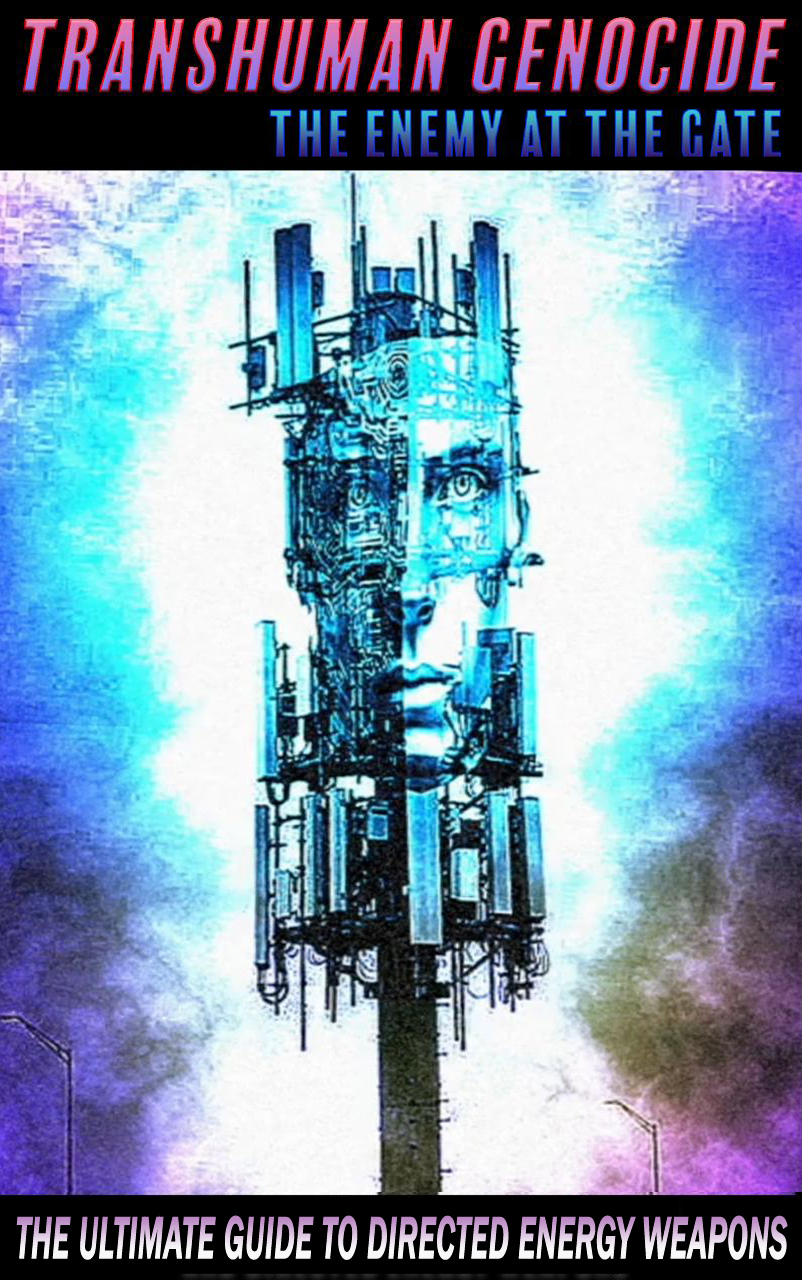Palantir, SpaceX, Anduril – these names may sound like components of a futuristic sci-fi narrative, but the reality they shape is far more ominous. Behind the veil of technological progress and national security lies a web of control so intricate that it threatens the very core of human autonomy and freedom. As we stand on the brink of a new era where AI and militarization converge, the forces at play are not merely shaping the battlefield of tomorrow but the very essence of society itself.

In the official narrative, the rise of militarized AI is portrayed as a necessary evolution in defense strategies, with companies like SpaceX and Palantir heralded as pioneers in safeguarding national security. Elon Musk’s SpaceX reigns over the global space launch market, influencing military communications through Starlink, while Palantir, under Alex Karp’s guidance, is hailed for its data analytics prowess in the name of protection. Anduril, founded by Palmer Luckey, is depicted as a key player in the development of AI systems for military operations, all under the guise of securing our future.
However, beneath the surface lies a different truth, one where the convergence of AI and militarization is not about protection but control. Contracts awarded by the Pentagon to Anduril Industries and Palantir Technologies reveal a systematic integration of software architectures for the Army’s Robotic Combat Vehicle program. This program, slated for implementation in 2028, envisions a future where autonomous robotic platoons become seamlessly entwined with combat teams, blurring the lines between man and machine in the pursuit of dominance.
Ghost Robotics, with its Vision 60 robot and military applications, offers a glimpse into the extent of surveillance, reconnaissance, and combat capabilities being developed under the guise of progress. From Intelligence, Surveillance, and Reconnaissance to Chemical, Biological, and Nuclear detection, the arsenal of militarized AI is expanding, posing a threat not just to traditional warfare norms but to the very fabric of civilian life.
The implications of this technological arms race extend far beyond the battlefield. With China airdropping armed robot dogs and the U.S. military following suit, the line between protector and oppressor becomes increasingly blurred. As defense stocks soar amidst global tensions, the true cost of this race for supremacy is not just monetary but moral. The promise of reducing risks to soldiers through technology comes at the expense of escalating risks to humanity as a whole.
In this orchestrated symphony of power and control, the intent is clear – to reshape the world in the image of those who hold the strings. The means, executed through the development of AI-driven military technologies by companies intertwined with government contracts, paint a picture of domination under the guise of security. The opportunity, seized upon by these entities to mold the future of warfare and surveillance, leaves little room for dissent or deviation from the path laid out by the architects of this new world order.
As we peer into the horizon of tomorrow, we must heed the lessons of yesterday. History whispers warnings of unchecked power and the erosion of individual freedoms in the face of centralized control. The trajectory we are on, where AI and militarization converge in a dance of dominance, is not inevitable. It is a choice, a path paved with the intentions of a few that will shape the destinies of many. The future hangs in the balance, awaiting our response to the encroaching shadows of the Beast System.

